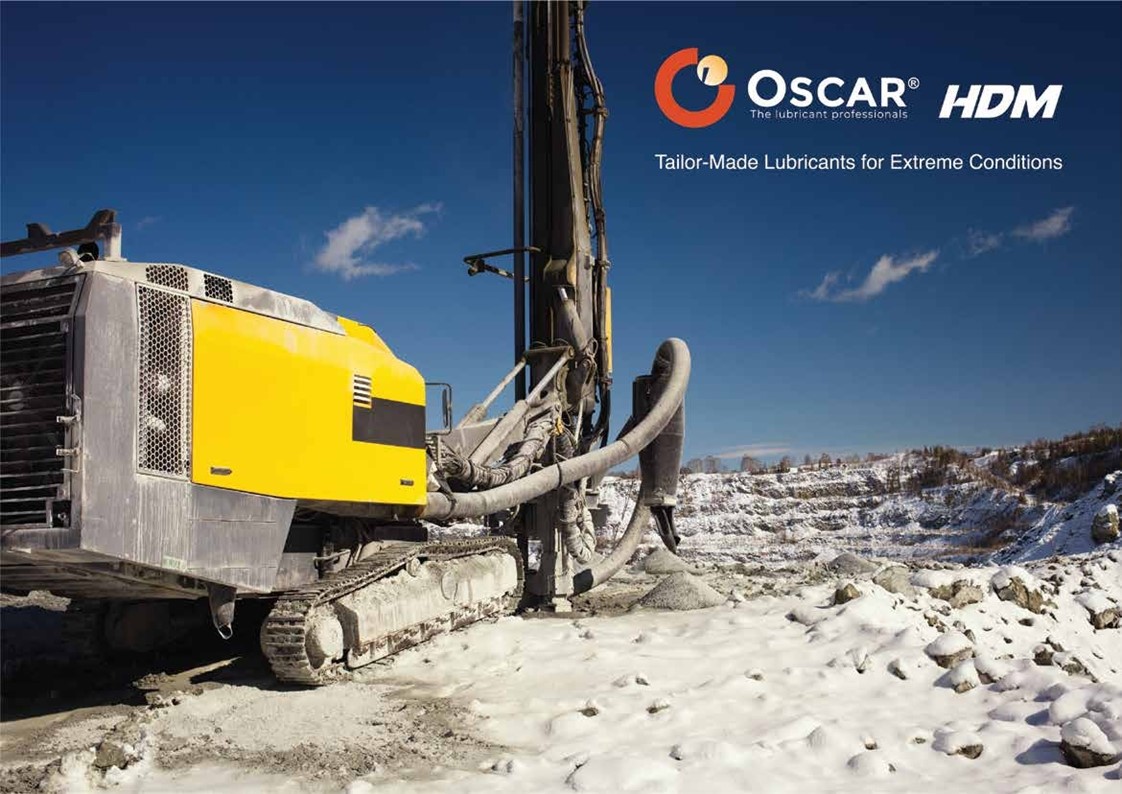Polyalkylene glycol (PAG) is a synthetic lubricant widely valued for its excellent thermal stability, low volatility, and anti-wear properties, making it ideal for various industrial applications. However, to increase its benefits, specific usage practices are essential. Explore here some practical tips for effectively using Polyalkylene Glycol in industrial applications.
Understand PAG’s unique properties:
PAG lubricants are known for their unique water solubility, excellent thermal stability, and low tendency to form sludge. They offer superior lubricity and are particularly effective in high-temperature environments where mineral oils might fail. However, not all PAGs are water-soluble, so it’s important to select the right type based on your equipment requirements. Water-soluble PAGs are ideal for applications that require frequent cleaning or operate in humid environments, while water-insoluble PAGs provide better lubrication in more demanding conditions.
Use PAG with compatible materials:
PAG lubricants can be incompatible with certain materials commonly found in industrial equipment, such as specific elastomers, plastics, and coatings. Before application, ensure that the seals, gaskets, and other components in contact with the lubricant are made of materials compatible with PAGs, like fluorocarbon elastomers or PTFE. Incompatible materials can deteriorate when exposed to PAG, leading to leaks or equipment failure. Always check with equipment manufacturers or consult material compatibility charts when introducing PAG to new systems.
Monitor temperature and operating conditions:
While PAG lubricants have high thermal stability, it’s still essential to monitor operating temperatures to maintain optimal performance. High temperatures can reduce viscosity, which could affect lubrication efficiency in certain systems. Regularly check the lubricant’s condition, especially in applications with high loads or continuous operations. PAG’s thermal stability allows for extended oil life, but frequent monitoring and analysis of its viscosity and contamination levels ensure that the lubricant performs as expected.
Avoid mixing PAG with other lubricants:
PAG lubricants are not typically compatible with mineral oils or other synthetic oils like PAO (polyalphaolefin). Mixing PAG with other types can lead to incompatibility issues, causing reduced lubrication performance, increased wear, and equipment damage. If switching to PAG, it’s essential to thoroughly flush and clean the system to remove any residual oil, ensuring optimal performance and preventing unwanted reactions.
Implement regular maintenance and oil analysis:
While PAG lubricants are durable, regular maintenance and oil analysis are necessary to monitor their effectiveness over time. Implementing a routine oil analysis can detect early signs of contamination or degradation. This proactive approach helps identify issues like water ingress, wear particles, or changes in viscosity, allowing you to address problems before they escalate.
